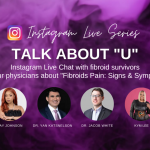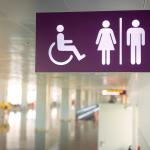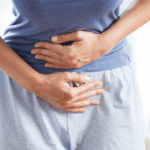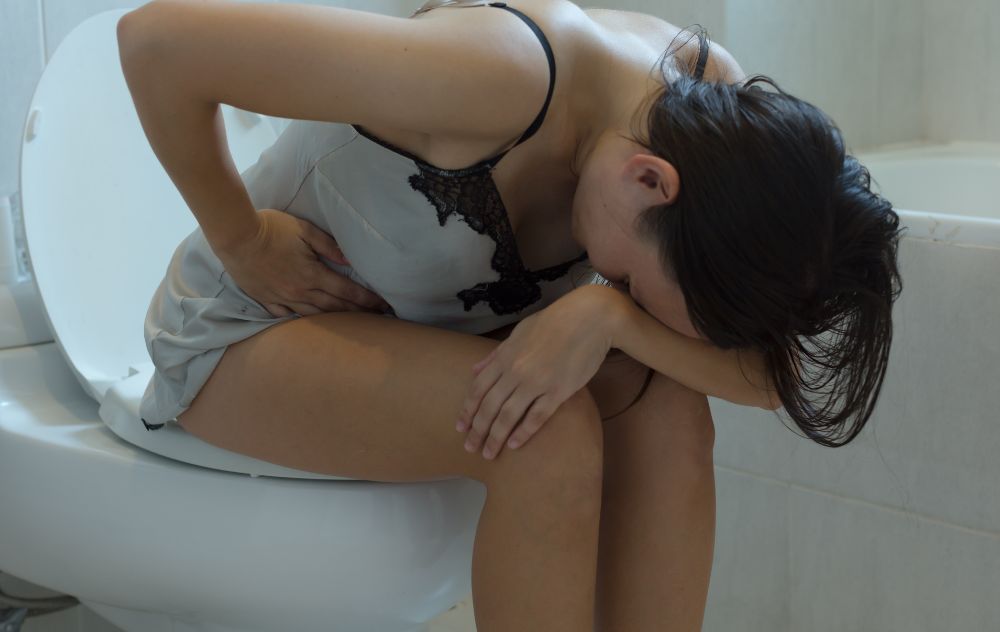
Uterine fibroids are a common condition affecting millions of women across the United States. Approximately 20-25% of women of reproductive age grapple with fibroids. By the age of 50, up to 80% of African-American women and 70% of Caucasian women experience this condition.¹
Understanding the early signs of fibroids is crucial for timely diagnosis and effective management, as it can significantly impact your plan of treatment.
If you’re experiencing symptoms consistent with fibroids, talk to a fibroid specialist to determine your treatment options.
The Importance of Early Detection of Fibroids
Early detection of fibroids is pivotal in avoiding complications caused by untreated fibroids. One way to do this is by keeping up with your annual physical exams, as doctors commonly discover fibroids during routine pelvic exams.
Fibroids can grow over time, causing increased pain, heavier bleeding, and other complications. By catching uterine fibroids through early detection, your doctor can implement strategies to manage fibroid growth and alleviate symptoms. This intervention promptly addresses symptoms and minimizes the likelihood of more invasive interventions, like hysterectomies.
Fibroids are one of the leading causes of hysterectomies, with approximately 600,000 of these surgeries performed annually to relieve symptoms. Recognizing the early symptoms of uterine fibroids can mitigate the need for such drastic measures, preserving fertility and avoiding the emotional and physical ramifications of major surgery.
The Top 5 Early Signs of Uterine Fibroids
There are quite a few symptoms associated with fibroids, but the top five signs include:
Other early symptoms of uterine fibroids to look out for include:
Are your symptoms consistent with fibroids? Use our fibroid symptom checker to help you determine if you may have fibroids.
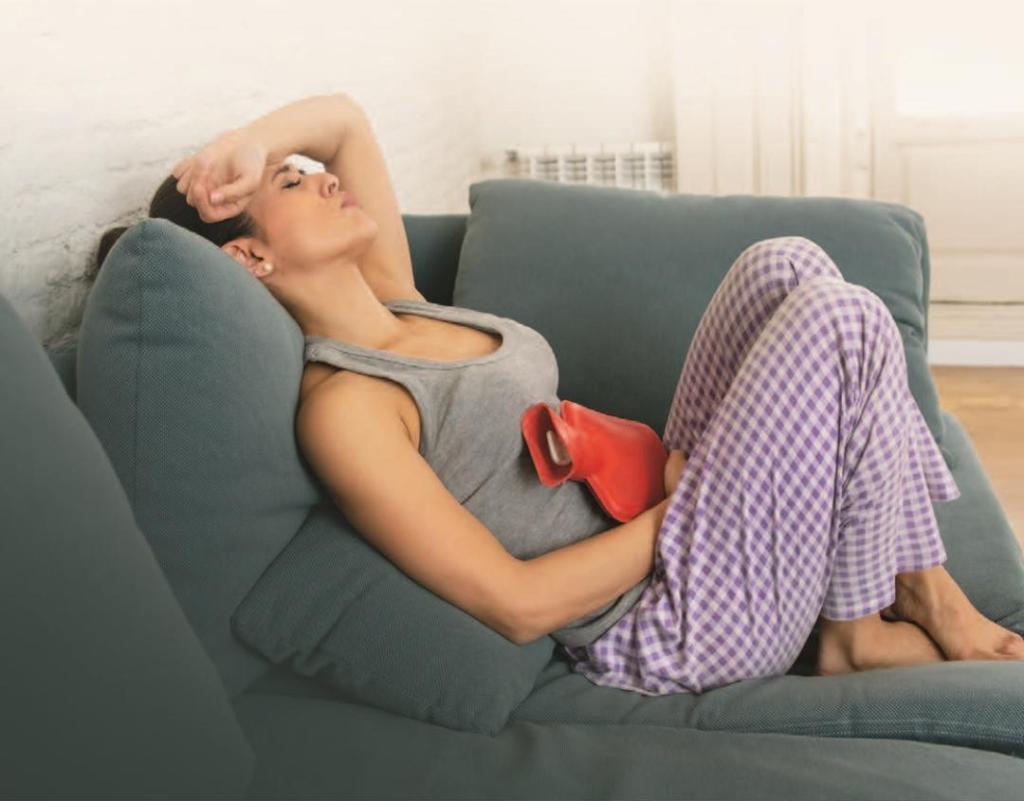
Heavy bleeding
Heavy bleeding can be an early sign of uterine fibroids. When fibroids press against the uterine lining or interfere with uterine contractions, they can disrupt the normal menstrual flow, leading to excessive bleeding. Additionally, fibroids may stimulate the growth of blood vessels, resulting in spotting between periods.
This symptom is mainly associated with submucosal fibroids, which develop inside the uterine cavity, and intramural fibroids, which grow inside the muscular uterine wall.
For many women, the practical challenges of managing heavy flow and passing clots can disrupt their daily lives. Long-term heavy bleeding also causes exhaustion and anemia-related complications. Fibroids can exacerbate menstrual pain, making cramps more intense due to their interference with uterine muscle function.
While heavy periods are a common symptom of fibroids, they can also arise from other factors, such as hormone issues or side effects caused by birth control.² However, if your menstrual flow is heavy enough to disrupt your daily activities, it’s crucial to discuss this with your doctor.
Pelvic pain
Pelvic pain or pressure can be another one of the early symptoms of uterine fibroids. As benign tumors comprised of abnormal tissue, fibroids can exert pressure on surrounding structures, causing sensations of:
- Fullness
- Bloating
- Pelvic discomfort.
The nature and severity of pelvic pain associated with fibroids can vary widely, stemming from factors such as the size and location of the fibroid in the uterus. Submucosal fibroids inside the uterine cavity can contribute to a sense of heaviness in the uterus, accompanied by pelvic pressure. Larger fibroids may cause generalized pain, occupying space intended for the uterus or adjacent organs. In rare instances, acute pain may occur if a fibroid outgrows its blood supply, leading to a process known as fibroid degeneration.
Fibroids on the uterus’s outer wall, known as subserosal fibroids, present unique symptoms. These growths can exert pressure on nearby organs, like the bladder or bowel, resulting in pelvic pain. While they may have less impact on menstrual bleeding than other fibroids, their influence on organ function underscores the importance of prompt evaluation and management.
Lower Back Pain
Lower back pain can also be one of the warning signs of fibroids, especially intramural fibroids. When fibroids, particularly subserosal fibroids located on the outer surface of the uterus, grow large enough, they can exert pressure on nearby spinal nerves. This pressure may lead to discomfort and pain in your lower back.
This back pain can intensify if the fibroid grows on the back of the uterus, directly adjacent to the spinal column. Individuals with fibroids experiencing lower back pain may find relief through interventions aimed at shrinking or removing the growths.
Additionally, leg pain can also accompany lower back pain due to fibroid-induced nerve compression. This pain may manifest as sharp or cramp-like sensations, resembling menstrual cramps but often more severe.
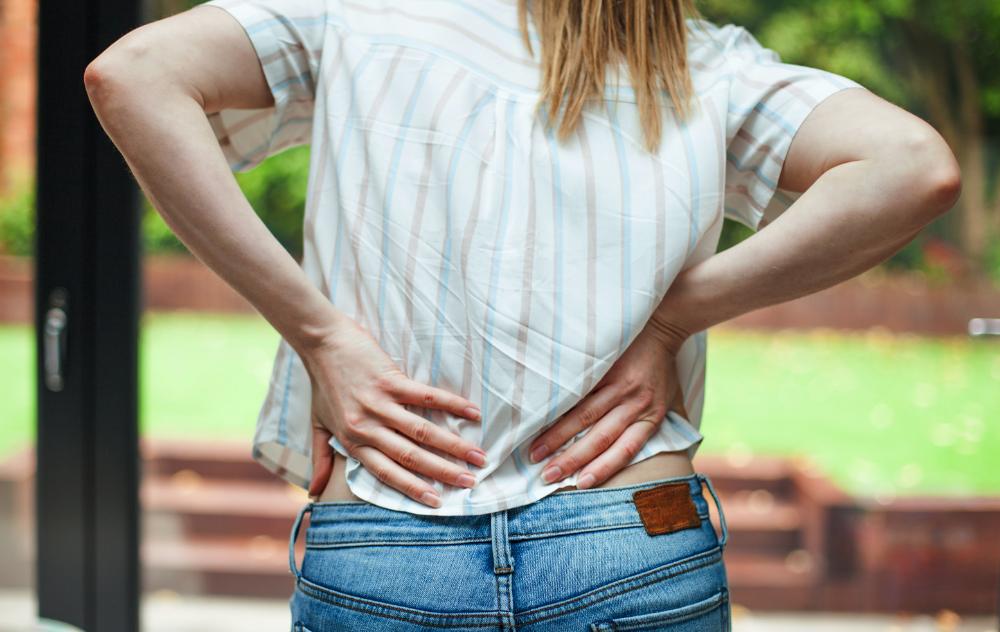
Stomach bloating
Stomach bloating is important to consider during the uterine fibroid early detection process, as fibroids have the potential to cause abdominal swelling. As fibroids grow larger or multiply, they can cause the uterus to expand in size, contributing to abdominal swelling and discomfort.
Persistent swelling can lead to chronic bloating and a sensation of fullness in the abdomen. An enlarged uterus due to fibroids can also limit mobility and flexibility, making everyday movements such as bending down or assuming certain positions more challenging. As this symptom affects one’s physical appearance, it can pose challenges in finding comfortably fitting clothing, impacting self-esteem.
Frequent urination
The final common symptom to watch out for is frequent urination. It is one of the early signs of uterine fibroids, as they can exert pressure on the bladder as they grow. Fibroids, especially those growing outside the uterus, can compress nearby structures like the bladder.
As fibroids grow, they encroach upon the space occupied by the bladder, limiting its capacity and leading to a heightened sensation of urgency and frequency to urinate. This growth can become increasingly bothersome as fibroids increase in size and exert tremendous pressure on the bladder.
If a fibroid grows on the top of the uterus, it may infringe upon the bladder, further restricting its size and exacerbating urinary symptoms. In some cases, this compression can contribute to urinary incontinence, a condition mistakenly attributed solely to bladder control issues.
Severe bladder obstruction caused by fibroids can elicit complications, including urinary tract infections (UTIs) and blood in the urine. Subserosal fibroids, which grow outside the uterus, are particularly prone to causing urinary symptoms due to their proximity to the bladder.
What To Do if You Experience Early Symptoms of Uterine Fibroids
If you are experiencing any of the listed symptoms, it’s time to schedule an appointment with a fibroid specialist to discuss the possibility of having fibroids.
After your doctor performs their assessment and evaluation, they will provide recommendations for your treatment options, such as:
- Hysterectomies
- Hormonal therapy
- Uterine fibroid embolization (UFE).
Uterine fibroid embolization is an outpatient treatment that will shrink fibroids to alleviate symptoms. Unlike surgery, which may cause fibroids to regrow and necessitate further intervention, UFE offers lasting relief with minimal risk of recurrence.
You should discuss the decision for your fibroid treatment with a specialist to prioritize symptom management and your well-being.
Contact USA Fibroids To Treat Your Fibroids Today
At USA Fibroid Centers, we diagnose and treat fibroids in our state-of-the-art outpatient clinics. Our AAAHC-accredited centers, led by interventional radiologists and fibroid specialists, utilize the latest advancements in medical imaging, including fluoroscopy, MRI, CT, and ultrasound.
Schedule a consultation with USA Fibroid Centers and discover personalized, compassionate care that puts you first.
Call us at 855.615.2555 to book a fibroid consultation or schedule online today.
References
- “Uterine Fibroids,” New York Department of Health, May 2013, https://www.health.ny.gov/community/adults/women/uterine_fibroids/
- “Heavy Menstrual Bleeding,” Centers for Disease Control and Prevention, June 23, 2023

